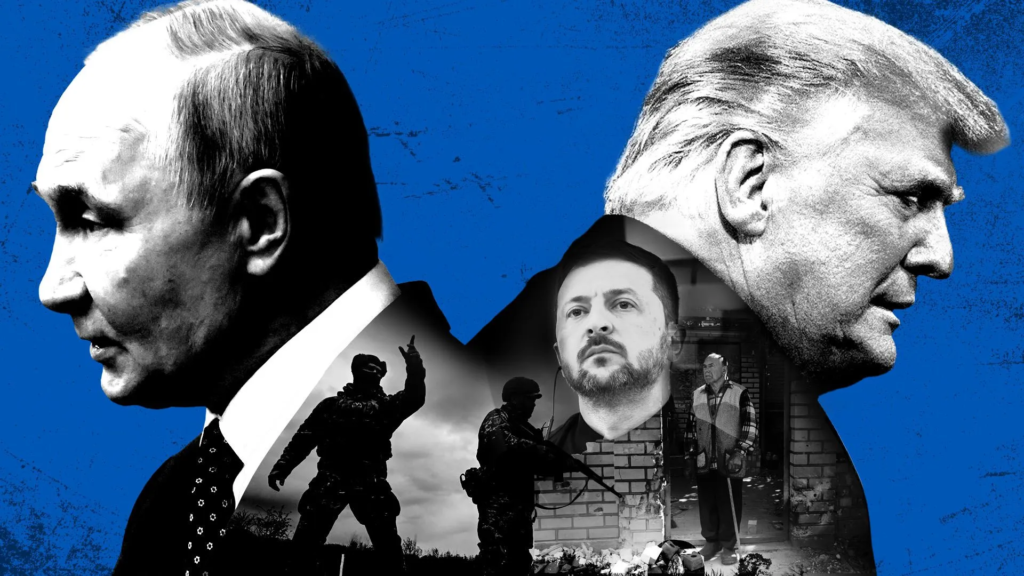The Trump administration has portrayed recent diplomatic efforts as major breakthroughs in ending the war in Ukraine, but nearly a week after the U.S.-Russia summit in Alaska, little progress is visible. Hopes of imminent peace talks between Russian President Vladimir Putin and Ukrainian President Volodymyr Zelensky, along with suggestions that Moscow had accepted strong Western security guarantees for Kyiv, have not materialized. Russia continues its assaults with missiles and drones, while core disputes remain unresolved. Territorial concessions are at the heart of the impasse. Before meeting Putin, Donald Trump suggested a “swap” of territories, but Moscow is demanding Ukraine surrender more than 2,500 square miles of Donbas, while offering to return just 660 square miles elsewhere. Russia also insists on legal recognition of its sovereignty over Crimea and occupied Donbas, a demand Zelensky has firmly rejected. While he has not ruled out some territorial compromise, Zelensky insists Ukraine will not recognize Russian occupation. Security guarantees for Ukraine are another sticking point. Secretary of State Marco Rubio is in talks with European allies about postwar arrangements, but questions remain over their feasibility. Proposals include a NATO-style reassurance force of up to 15,000 Western troops in western Ukraine and building a 900,000-strong Ukrainian military. However, issues of cost, commitment, and risk remain unresolved. Russia has rejected suggestions that Putin accepted NATO-like protections for Ukraine, with Foreign Minister Sergey Lavrov dismissing such claims. Trump has ruled out deploying U.S. troops, undercutting the credibility of any NATO-style commitment. Analysts argue that without a firm pledge of military intervention, Western assurances would be hollow. As Eric Ciaramella of the Carnegie Endowment explained, invoking NATO’s Article 5 without real enforcement would be meaningless — “like asking for a hot dog without the hot dog.” Despite guarded optimism from Zelensky and European leaders, the gulf between Kyiv and Moscow remains wide. Neither a cease-fire nor a settlement appears close, leaving the war grinding on while diplomatic expectations clash with reality.






















